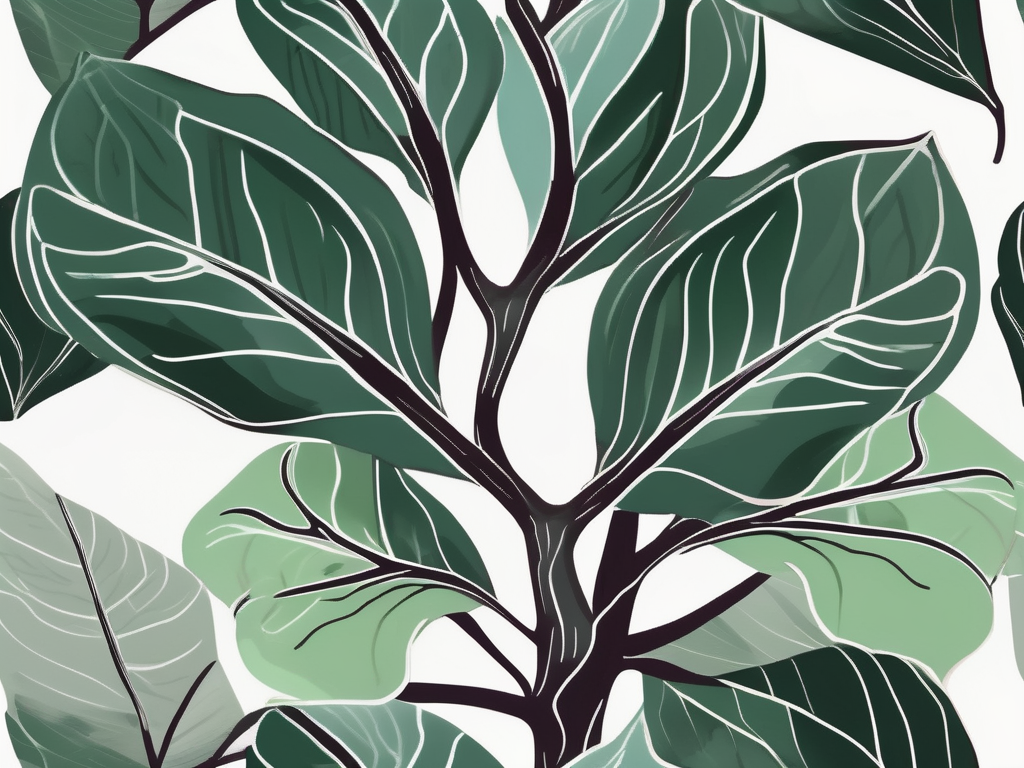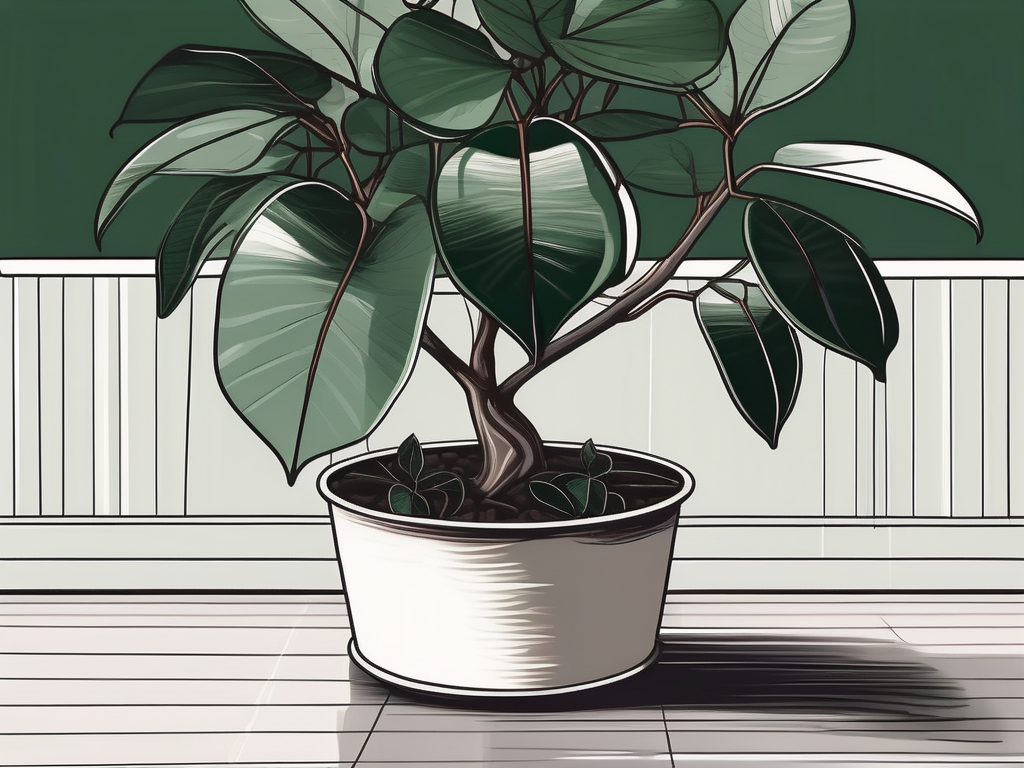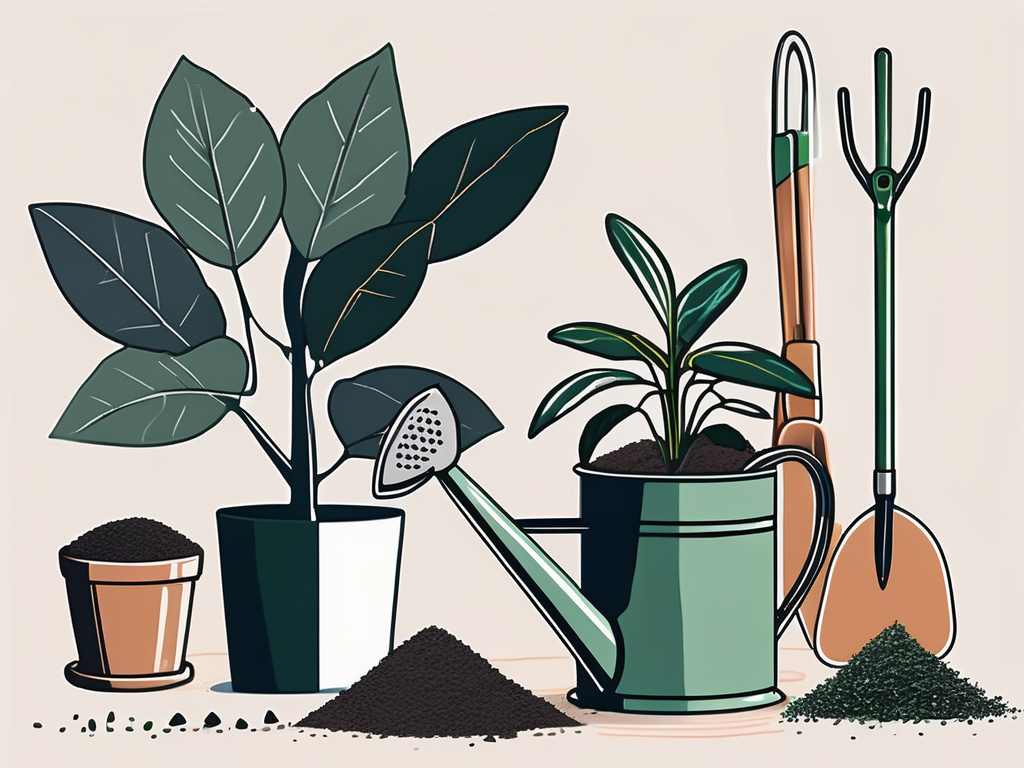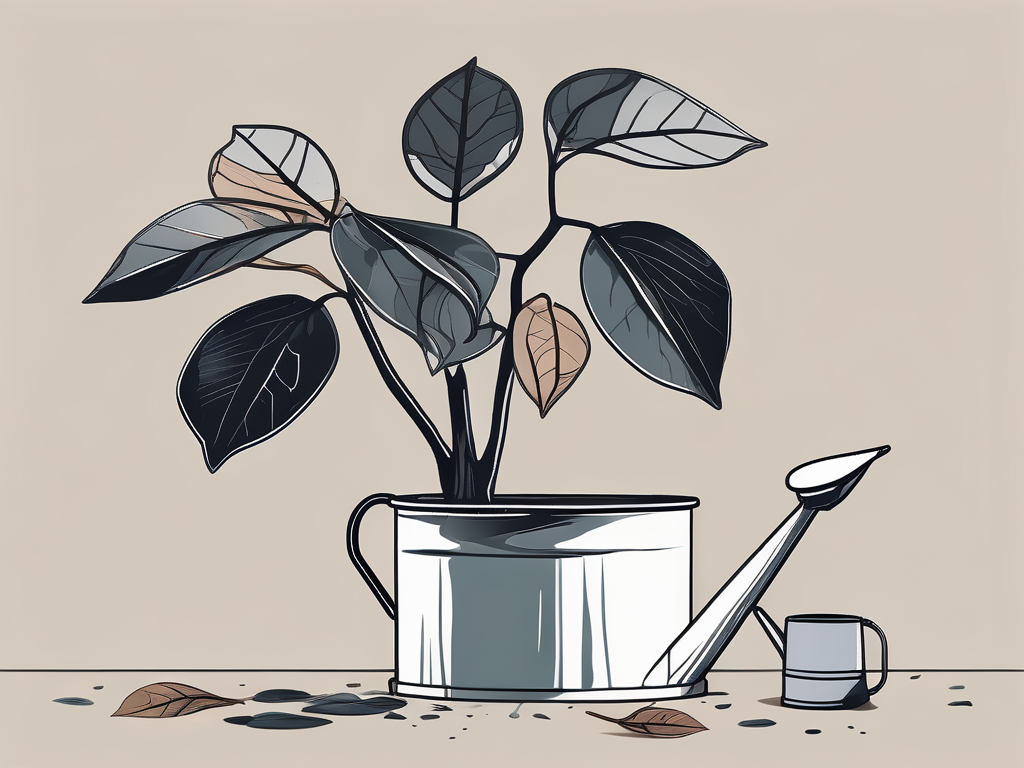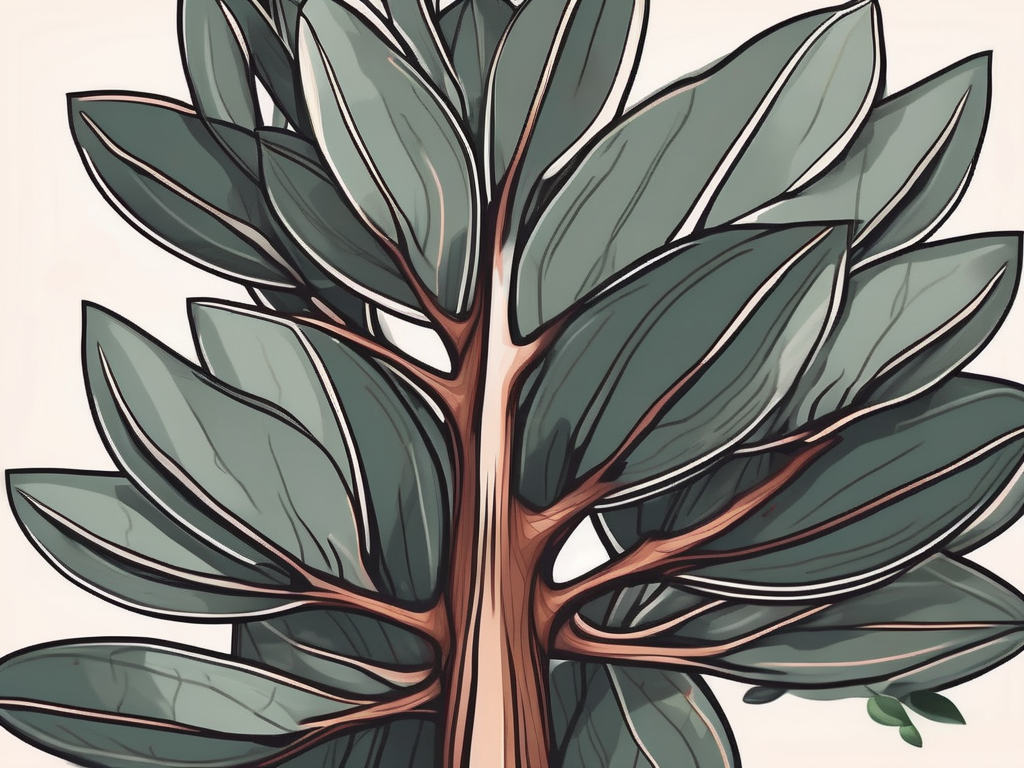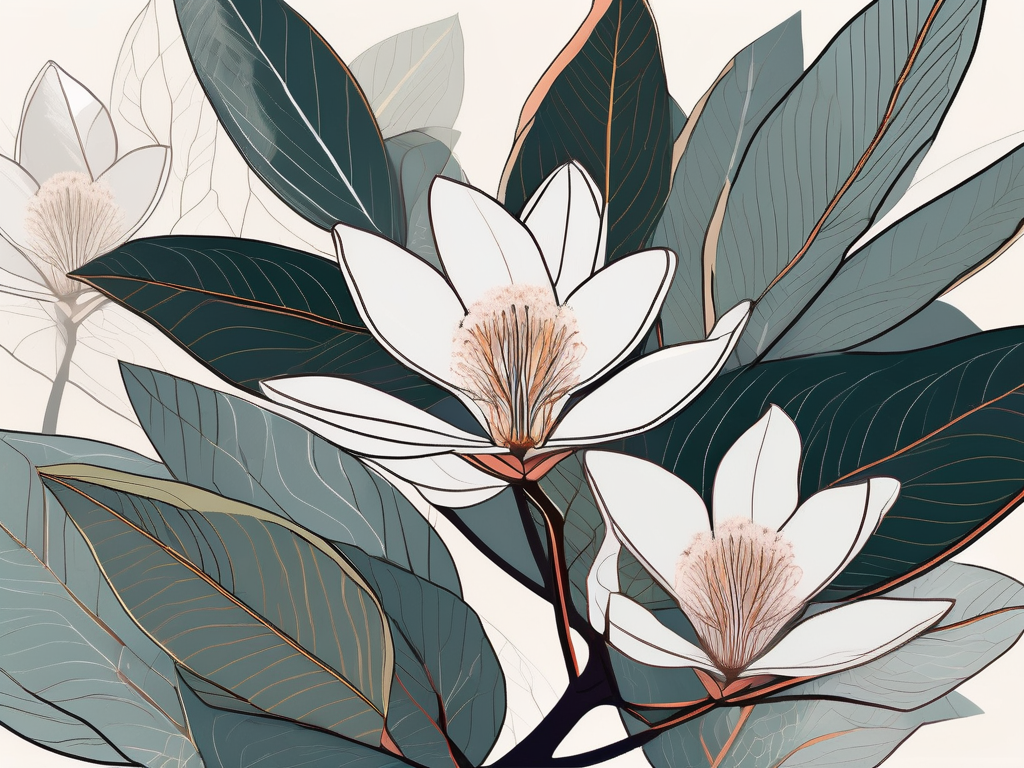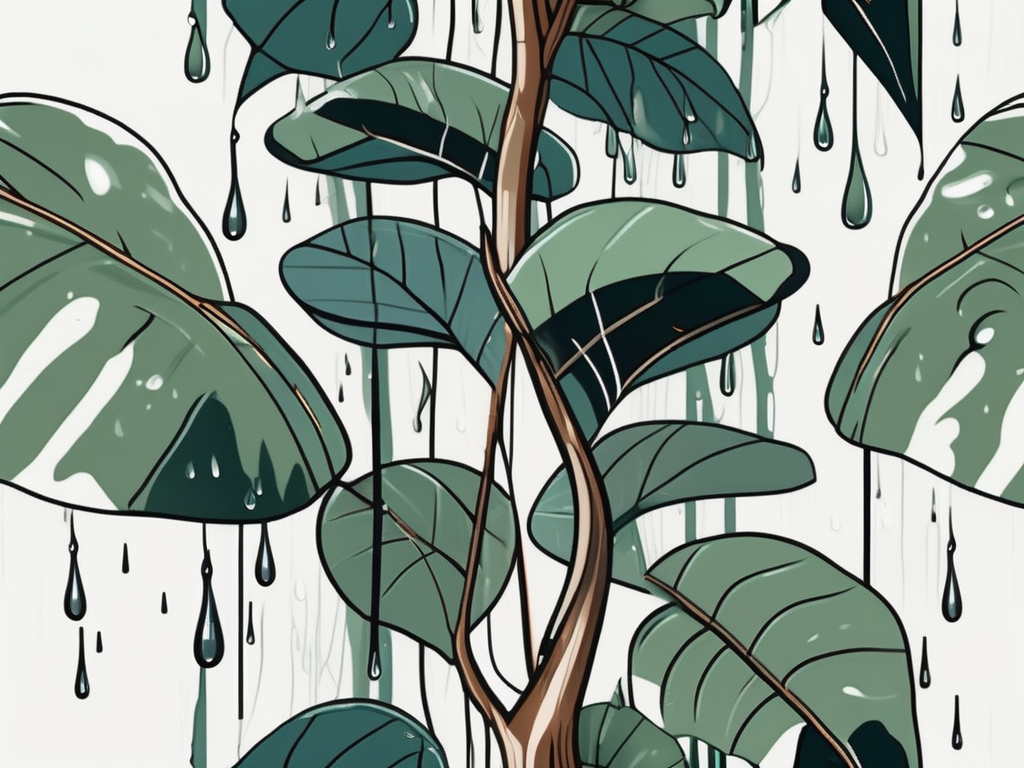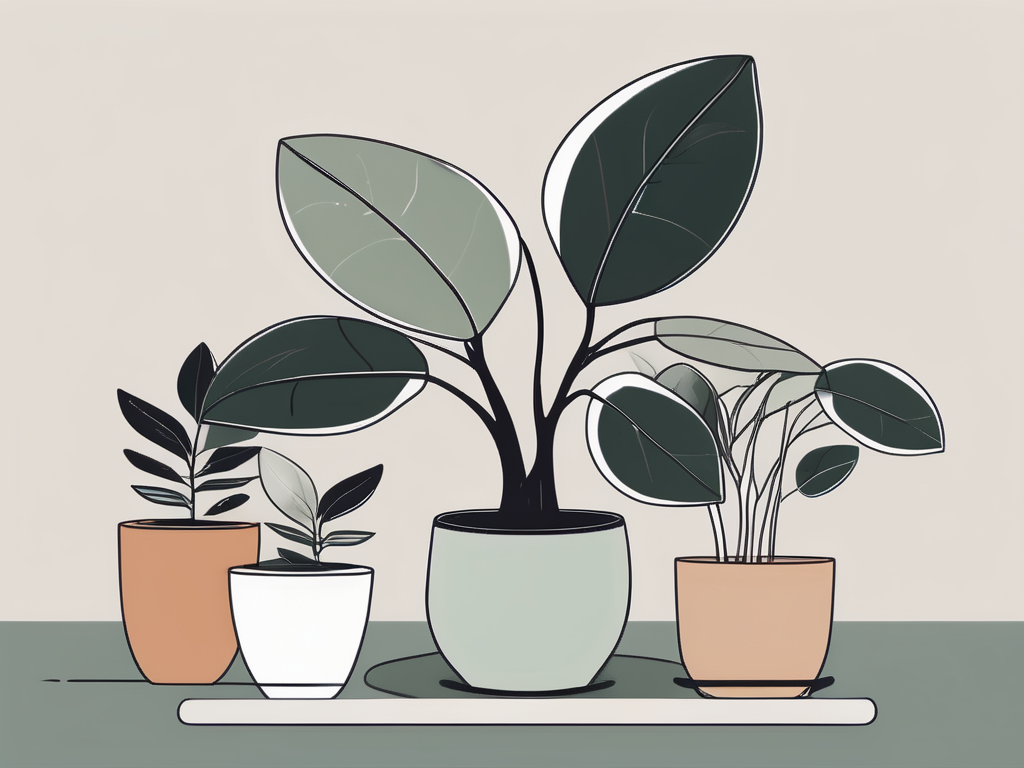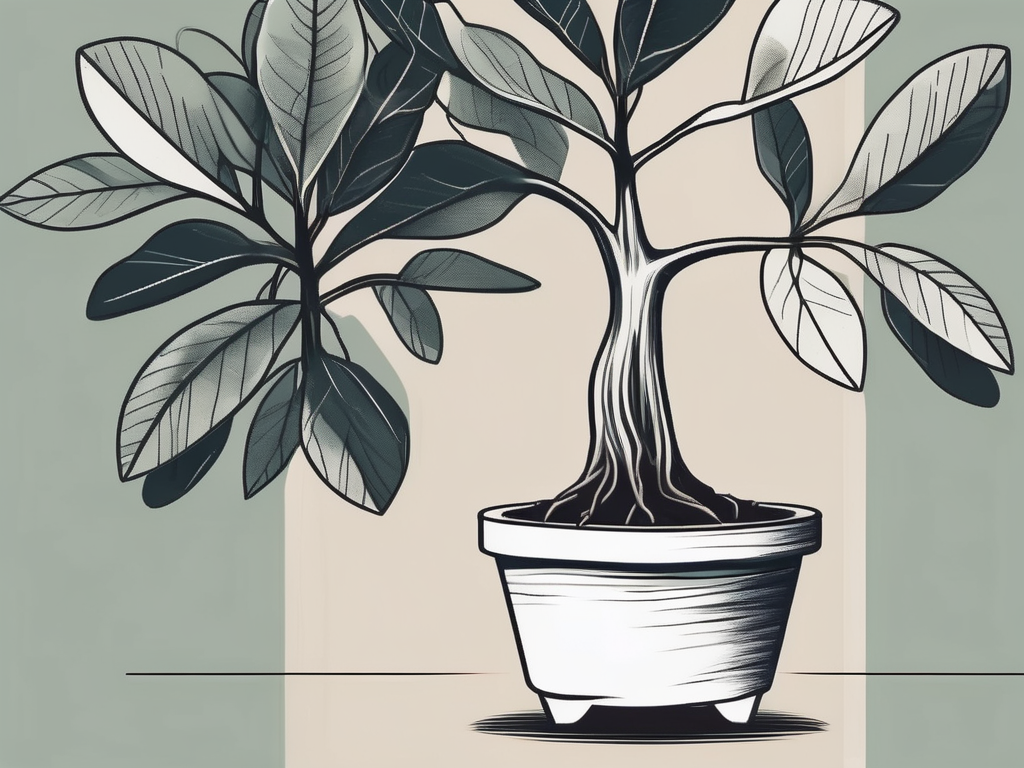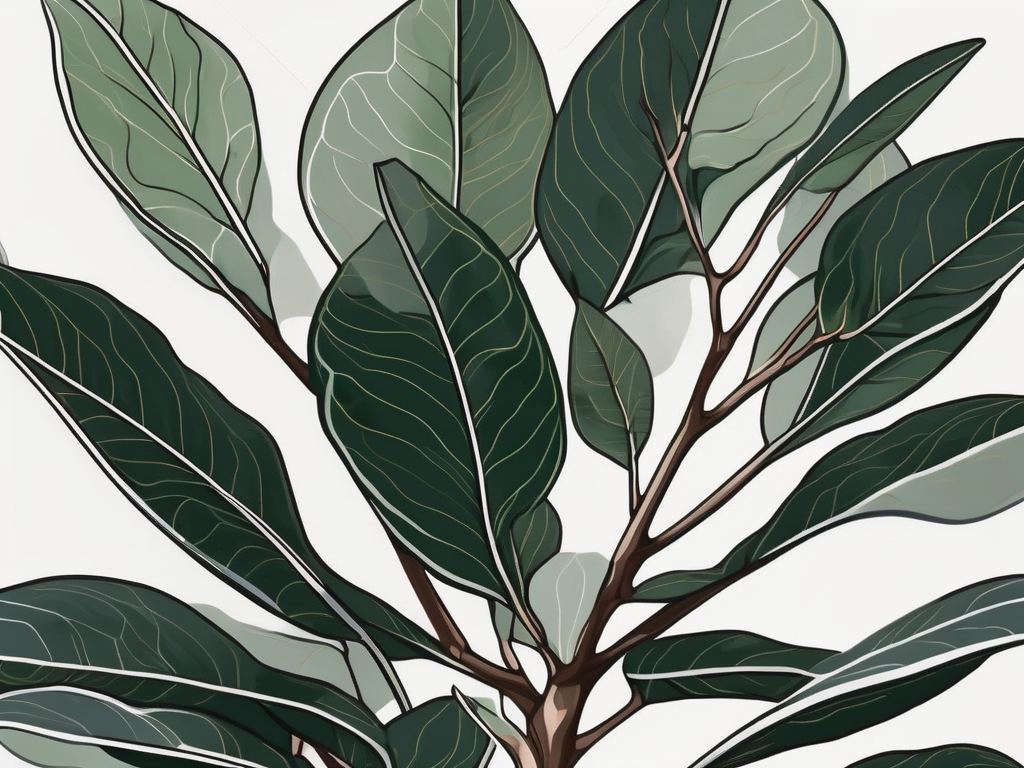
If you've ever had a yearning to bring a touch of nature indoors, the rubber tree plant might just be the perfect addition to your home. With its glossy leaves and robust stature, this plant not only adds a splash of greenery but also purifies the air around you. Curious about what makes this plant so special and how you can care for it? You're in the right place.
We'll dive into everything you need to know about rubber tree plants, from their fascinating origins to practical care tips and even how to incorporate them into your home decor. Whether you're a seasoned plant parent or just starting out, there's something here for everyone. Ready to explore the world of rubber trees? Let's get started!
What Exactly Is a Rubber Tree Plant?
The rubber tree plant, scientifically known as Ficus elastica, is a popular houseplant thanks to its striking appearance and easy-going nature. Originally hailing from Southeast Asia, this plant has been a household favorite for decades. Not only does it make a bold visual statement, but it's also quite forgiving, making it a fantastic choice for plant lovers of all skill levels.
But why is it called a "rubber tree"? Well, its name comes from the thick, white sap it produces, which was once used to make rubber. While it's no longer a primary source for rubber production, the name stuck. The plant can grow quite large outdoors in its native habitat, reaching up to 100 feet in height. Indoors, though, it usually stays more manageable, typically maxing out around 6 to 10 feet tall, depending on how it's cared for.
Its glossy, dark green leaves are its standout feature, often growing to about 12 inches long and 5 inches wide. The leaves can also have a reddish tint when they first emerge, adding to the plant's visual appeal. Some varieties offer variegated leaves, with splashes of cream or yellow, providing even more options for those looking to add a unique touch to their plant collection.
Choosing the Right Rubber Tree Plant
When you're ready to bring a rubber tree plant into your home, selecting the right one is crucial. You'll want to start by choosing a healthy plant, so keep an eye out for a few key indicators as you browse through your options at the nursery or plant store.
First, examine the leaves. They should be glossy and vibrant, free of spots or discoloration. A healthy rubber tree plant will have firm leaves that stand upright. If you notice any yellowing or drooping, this might indicate an underlying issue, such as overwatering or a pest problem.
Next, check the soil. It should be slightly moist but not soggy. If the plant is sitting in waterlogged soil, it might lead to root rot, which can be difficult to recover from. Lift the pot if you can, and ensure it's not too heavy with excess water.
Finally, inspect the plant for any signs of pests. Look for tiny insects or webbing on the undersides of leaves. While pests are not a common problem with rubber trees, it's always best to start with a clean slate. Once you've found a healthy rubber tree plant, you can feel confident in bringing it home and watching it thrive.
Planting and Potting Tips
Now that you've chosen your rubber tree plant, it's time to think about the right pot and soil to set it up for success. The right combination will help your plant grow strong and healthy.
Start with a pot that's about 1 to 2 inches larger in diameter than the plant's current container. Rubber trees don't mind being slightly root-bound, so you don't need to go much bigger than that. Make sure the pot has drainage holes to prevent water from accumulating at the bottom, which can lead to root rot.
As for soil, a well-draining potting mix is crucial. You can use a standard indoor potting mix and add some perlite or sand to improve drainage. This will help ensure that the roots aren't sitting in water for too long after watering.
When you're ready to plant, gently remove the rubber tree from its current pot and loosen any tightly packed roots. Place it in the new pot, filling in around it with fresh soil. Be sure to leave some space at the top for watering. Give it a good drink after planting to help settle the soil around the roots.
Watering and Light Requirements
One of the great things about rubber tree plants is that they aren't particularly fussy about water, but there are some guidelines to follow to keep your plant happy. Typically, you should water your rubber tree when the top inch of soil feels dry to the touch. This usually means watering once every week or two, but it can vary depending on the season and indoor conditions.
During the growing season in the spring and summer, your rubber tree might need more frequent watering. Conversely, in the colder months, you can cut back as the plant's growth slows down. It's better to underwater than overwater, as rubber trees are more tolerant of dry soil than soggy conditions.
As for light, rubber trees love bright, indirect sunlight. A spot near a window with filtered light is ideal. Direct sunlight can scorch the leaves, while too little light can cause the plant to become leggy as it stretches toward the light source. If you notice your plant leaning, try rotating it occasionally to encourage even growth.
Fertilizing Your Rubber Tree
Feeding your rubber tree plant can promote healthy growth, especially during the active growing months. A balanced, water-soluble fertilizer is a good choice. You can apply it every four to six weeks from spring through early fall. This helps provide the nutrients necessary for robust leaf development and overall plant health.
When applying fertilizer, always follow the instructions on the packaging to avoid over-fertilizing, which can harm the plant. If you're using a liquid fertilizer, make sure to water the plant first, as applying fertilizer to dry soil can lead to root burn.
During the winter months, you can pause fertilizing since the plant's growth slows down, and it doesn't require additional nutrients. Just remember to resume in the spring to give your rubber tree a good start to the growing season.
Common Problems and How to Solve Them
Even though rubber tree plants are relatively low-maintenance, they can occasionally encounter issues. Knowing what to look out for can help you address problems before they become serious.
One common issue is yellowing leaves, which can be a sign of overwatering. If you notice this, check the soil moisture and adjust your watering schedule accordingly. Another possibility is poor drainage, so ensure your pot has adequate holes and that the soil isn't compacted.
If you see brown spots on the leaves, it might be due to too much direct sunlight. Try relocating your plant to a spot with filtered light. Alternatively, brown tips could indicate low humidity, in which case you might want to consider misting the leaves or placing a humidifier nearby.
Pests like spider mites and scale can occasionally affect rubber trees. If you notice webbing or tiny insects, you can wipe the leaves with a damp cloth or use a mild insecticidal soap to treat the issue.
Pruning and Shaping Your Rubber Tree
Pruning is an important aspect of rubber tree care that can help maintain the plant's shape and encourage new growth. It's best done in the spring or early summer when the plant is actively growing.
Start by removing any dead or damaged leaves. Use clean, sharp pruning shears to make clean cuts, which help the plant heal faster. If your rubber tree is getting too tall or leggy, you can trim back the main stem. Just be sure to leave a few leaves on the stem so the plant can continue photosynthesis.
If you're looking to encourage a bushier appearance, prune just above a node, where a leaf meets the stem. This encourages the plant to branch out and produce new stems. Don't be afraid to prune as needed—rubber trees are resilient and can handle a good trim.
Incorporating Rubber Trees into Your Home Decor
Rubber tree plants are versatile and can complement a wide range of interior styles, from minimalist to bohemian. Their bold, glossy leaves make them an eye-catching addition to any room.
Consider placing a rubber tree in a decorative pot that complements your decor. Neutral-toned pots can provide a clean, modern look, while colorful or patterned pots can add a playful touch. If space allows, a large rubber tree can serve as a striking focal point in a living room or office.
For smaller spaces, you might opt for a smaller rubber tree variety or keep the plant pruned to a more compact size. Rubber trees can also thrive in a bright bathroom, where the humidity from showers can benefit the plant.
Don't be afraid to experiment with different placements until you find the perfect spot where your rubber tree can shine. Just remember to keep it in a location with bright, indirect light for the best results.
Final Thoughts
Rubber tree plants are a fantastic choice for anyone looking to add a touch of greenery to their home. With their striking appearance and relatively easy care requirements, they can thrive in a variety of indoor environments.
At Cafe Planta, we love helping people find the perfect plant for their space. We offer a range of houseplants, plant care accessories, and even plant-themed apparel. Whether you're just starting your plant journey or are an experienced plant parent, we're here to support you. If you have any questions about plant care, please feel free to email us or send us a DM on Instagram. We believe that plants have the power to bring people together and inspire us to connect with nature and each other.














